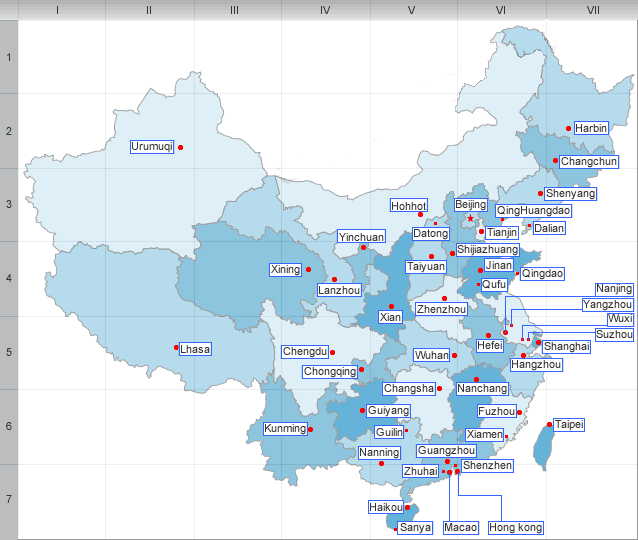Economy of Guangdong
Economy
Guangdong is the country’s leading producer of sugarcane; rice and silk are other major crops, although the silk industry is no longer as important as it once was. Other commercial crops include hemp, tobacco, tea, tropical and subtropical fruits, and peanuts. Fishing in Guangdong accounts for about 20% of China’s catch.
Until the start of the Deng Xiaoping reforms in 1978, Guangdong was an economic backwater, although a large underground, service-based economy has always existed. The open door policy radically changed the economy of the province as it was able to take advantage of its access to the ocean, proximity to Hong Kong, and historical links to overseas Chinese. In addition, until the 1990s when the Chinese taxation system was reformed, the province benefited from the relatively low rate of taxation placed on it by the central government due to its historical status of being economically backward.
Although Shanghai is often cited as evidence of China’s success, Guangdong’s economic boom exemplifies the reality of the vast labor-intensive manufacturing powerhouse China has become, and all the rewards and shortcomings that come with it. Guangdong’s economic boom began with the early 1990s and has since spread to neighboring provinces, and also pulled their populations inward. The economy is based on manufacturing and export. Now, it has three of the six Special Economic Zones: Shenzhen, Shantou and Zhuhai. The affluence of Guangdong, however, remains very much concentrated near the Pearl River Delta.
| PREV:Geography and climate of Guangdong | Next:Ethnic group and Culture of Guangdong |



